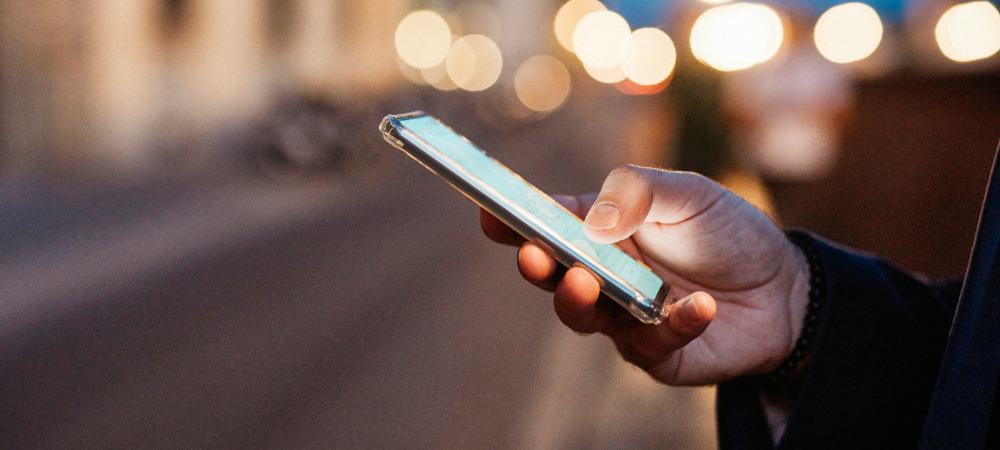
Dark mode and your eyes
Share
Dark mode is intended to reduce blue light exposure and help with eye strain that comes with prolonged screen time. The default setting on most devices is to display black text on a white background. Setting your device to dark mode means that it will display white text on a dark background.
Dark mode also reduces the emission of the harmful Blue light, which in turns reduces the strain on the eyes. Dark mode is popular and it has its advantages but did you know that it has some downsides as well? But first a history lesson.

To understand whether dark mode has any health benefit, we first have to consider the way the blue light affects our eyes. Blue light waves are emitted from our screen devices. But blue light comes primarily from the sun, scatters into our atmosphere, and colors our sky blue. These waves have more energy than other colors of light and send our brains the signal that it’s daytime.
While we’re only now starting to understand the side effects of excessive blue light exposure from screens, you can imagine why it would start to confuse your eyes. People who promote dark mode sometimes claim that using it in the hours before bedtime helps them to fall asleep more quickly and stay asleep for longer periods of time.

While dark mode does reduce eye strain and battery consumption, there are some downsides to using it as well. The first reason has to do with the way the image is formed in our eyes. The clarity of our vision depends on how much light is entering in our eyes. So, when we use light mode on our smartphone and PC screens, a lot of light enters into our eyes, which makes the pupils contract, which in turns lead to the formation of a clearer and sharper image on the retina.
